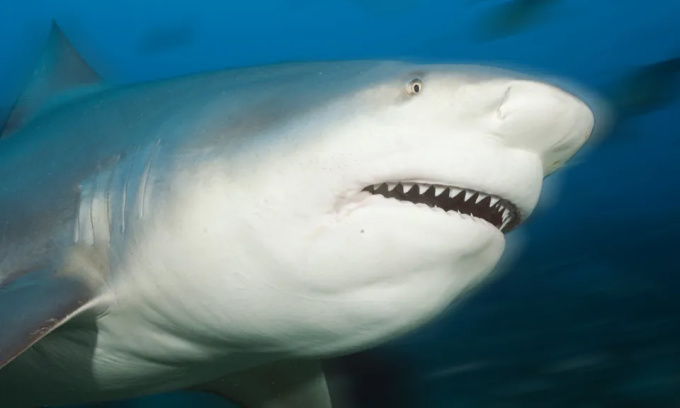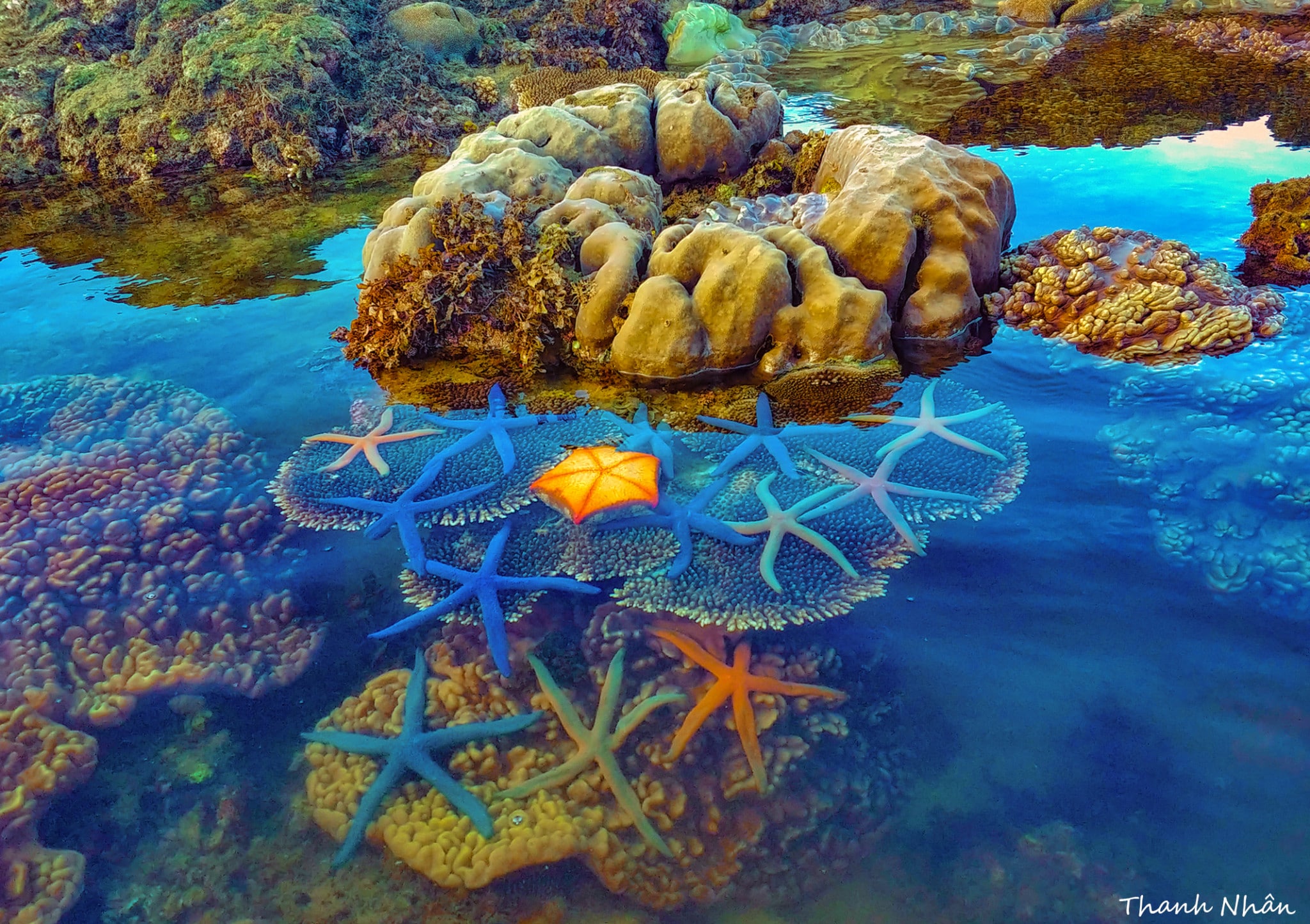In the 1990s, a school of bull sharks washed up in the freshwater lake of Carbrook Golf Course, Australia, due to flooding and became trapped for a long time.

Unlike many other shark species, bull sharks can live in freshwater environments such as rivers. Photo: ullstein bild/Getty
A new study published in the journal Marine and Fishery Sciences chronicles the story of a unique population of bull sharks that have lived in an artificial lake on the Carbrook golf course in Australia for about two decades, Live Science reported on September 27.
Bull sharks ( Carcharhinus leucas ) are unusual in that they can live in freshwater. They are found in many rivers around the world. Although their stay in freshwater is usually temporary, they have occasionally been trapped in this environment for long periods of time and have thrived.
The sharks at the golf course may have been washed ashore during flooding. Carbrook Golf Course is located southeast of Brisbane, adjacent to the Logan and Albert Rivers. Summer storms sometimes bring heavy rainfall that overflows the river banks, flooding the surrounding mudflats. The course is less than 10km from the coast, so it is within freshwater range where bull sharks can live.
The sharks arrived in the lake around 1991-1996. During that time, three floods caused the river to overflow its banks and flood inland, taking the sharks with them. When the floodwaters receded, they were trapped in the lake.
The sharks were first spotted in 1996. Although the lake is relatively small and shallow – about 700 metres long and 380 metres deep – there are no official statistics on the shark population. However, they are regularly seen coming close to shore. Their presence is welcomed by the golf course management, and the bull sharks have become something of a mascot for the place.
According to observational reports, the bull sharks may have been small when trapped but eventually grew to 3 m in length. Their feeding habits are not well studied, but it is likely that species introduced into the lake during floods such as grey flathead mullet ( Mugil cephalus ), Indo-Pacific tarpon ( Megalops cyprinoides ), silver snapper ( Lutjanus argentimaculatus ) and yellowfin seabream ( Acanthopagrus australis ) are abundant food sources.
“If sharks are getting the food they need, living in low-salinity environments can be very beneficial because there are fewer predators. The young in some ‘shark nurseries’ can live for years in fresh water, so it’s not surprising that they survive, as long as there’s plenty of food,” said Michael Heithaus, a shark biologist at Florida International University.
Bull sharks were last seen in the lake in 2015. Flooding in 2013 likely helped some escape into nearby rivers, but others may have died and drowned. Golf course staff once fished one shark alive from the lake.
The golf course lake appears to be shark-free today, but this strange story shows their ability to adapt and tolerate freshwater environments. The researchers say this is the longest recorded case of a bull shark living continuously in a low-salinity environment.
Thu Thao (According to Live Science )
Source link



![[Photo] Reception to welcome General Secretary and President of China Xi Jinping](https://vstatic.vietnam.vn/vietnam/resource/IMAGE/2025/4/14/9afa04a20e6441ca971f6f6b0c904ec2)
![[Photo] National Assembly Chairman Tran Thanh Man meets with General Secretary and President of China Xi Jinping](https://vstatic.vietnam.vn/vietnam/resource/IMAGE/2025/4/14/4e8fab54da744230b54598eff0070485)
![[Photo] Prime Minister Pham Minh Chinh meets with General Secretary and President of China Xi Jinping](https://vstatic.vietnam.vn/vietnam/resource/IMAGE/2025/4/14/893f1141468a49e29fb42607a670b174)

![[Photo] General Secretary To Lam holds talks with General Secretary and President of China Xi Jinping](https://vstatic.vietnam.vn/vietnam/resource/IMAGE/2025/4/14/b3d07714dc6b4831833b48e0385d75c1)


























































































Comment (0)